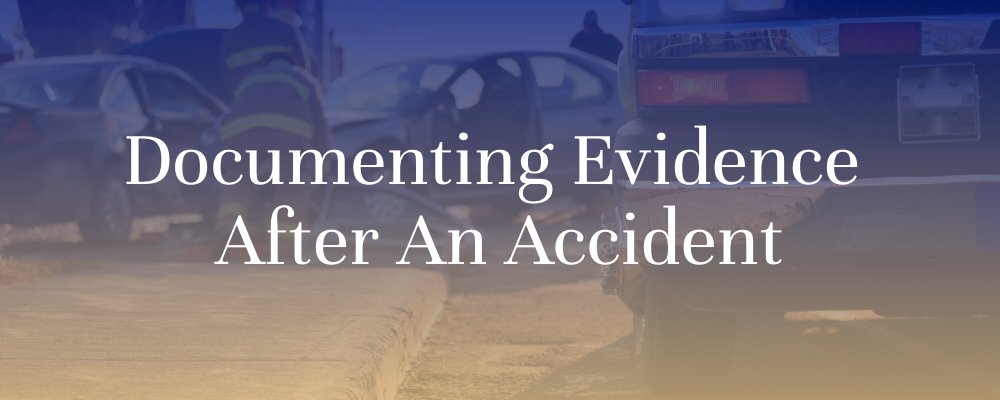
How to Take Pictures for Evidence After a Car Accident
Colburn Law
Posted in Car Accidents on September 3, 2021

The moments after a car accident can feel scary and overwhelming for many people. You may have very serious injuries and require immediate medical attention. Your vehicle may be destroyed, and you may wonder how you are going to pay for repairs. You may worry about your financial well-being, physical health, and psychological safety.
Washington is a fault-based accident state, meaning that negligent drivers are financially responsible for their victims’ losses. To secure compensation in a car accident claim, you will need to gather enough evidence to prove the other driver’s liability. Photographs from the scene of the accident could be crucial pieces of evidence, but it is important to know what to photograph and how many pictures you should take.
Why Photographic Evidence Is Important
Through a car accident insurance claim or lawsuit, you can recover compensation for your accident-related damages, such as medical expenses, lost wages, vehicle repairs, and pain and suffering. However, you will need to prove that the other driver caused your accident and resulting injuries in order to secure a settlement. Establishing liability is not always straightforward. In these situations, photographic evidence can help.
Fresh photographs from the scene of the accident can establish the location of the crash and what the area looked like immediately after. This evidence can provide an objective view of the collision, which attorneys, insurance adjusters, and expert witnesses can use to help determine the cause of the accident and establish liability. You can also use photographs to refresh your memory about the collision, helping you avoid inconsistent statements.
What to Photograph After a Collision
If you are able to move around the accident site without putting yourself in danger or at risk of further injury, you should take as many photographs from as many angles as possible. After the collision, photograph the following to preserve important evidence and help prove your future claim.
- Any physical injuries that you sustained
- The road on which the accident occurred
- Skid marks on the road
- Obstructions on the roadway, such as tree branches
- Any road signs or traffic signals near the accident
- Damage to your own vehicle and other vehicles involved in the accident
- Vehicle parts, shattered glass, and other debris around the accident
Tips for Taking Pictures After a Car Accident
When taking pictures after a car accident, try to photograph each subject from as many angles as you can. If there is a landmark in the area, such as a building or a stop sign, keep the object in as many of the photographs as possible. This could help insurance companies, expert witnesses, and your attorney determine the size of certain objects, such as debris or skid marks, which can help prove your claim.
Be aware of any factors that could influence the quality of your pictures, such as shadows, inclement weather, or sunlight. For best results, take as many pictures as possible in case one photo does not come out well. Review your pictures before moving on to the next subject, and experiment with settings on your camera to improve the quality if possible.
If you are seriously injured or in a dangerous location, prioritize your safety over collecting evidence. Seek medical attention as soon as possible for your injuries and call 911 for assistance. After receiving treatment, speak to a Seattle car accident attorney to discuss your case and initiate an investigation into your collision. Your lawyer can help you gather the evidence you need to prove your claim.



